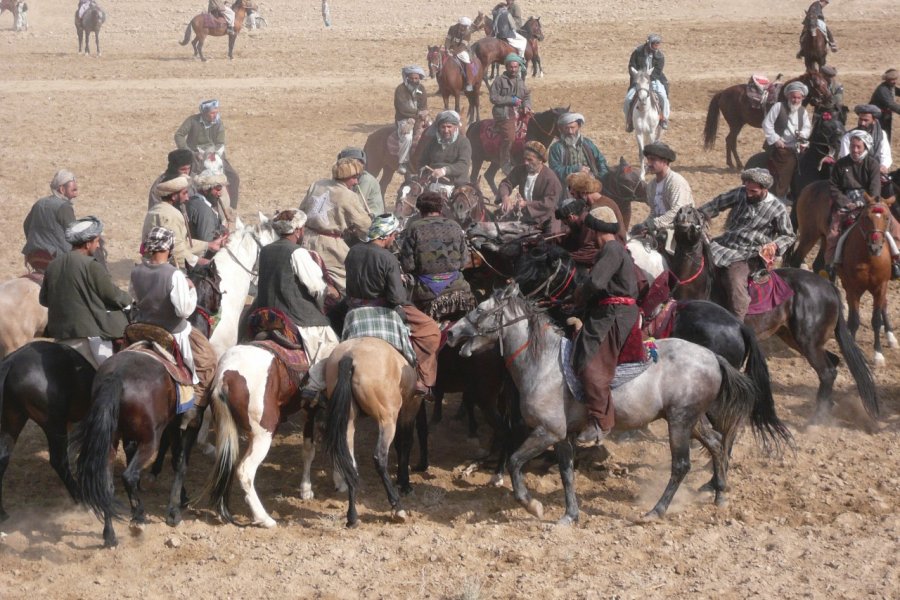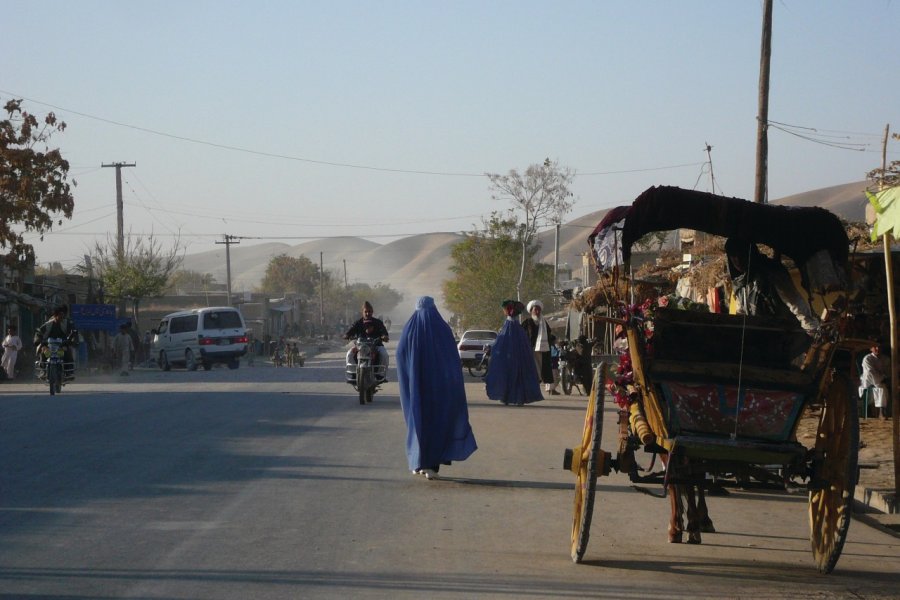Travel Guide Maïmana
Find an accommodation
Advertising
Capital of Faryab province, at 871 m above sea level, Maïmana is known for its horses, sheep, carpets, melons and grapes. According to Yakut, the Arab geographer of the th century, the city was originally founded by Jews sent from Jerusalem to these lands by Nebuchadnezzar. Under the Samanides, this prosperous city was one of the most flourishing cities among those that extended from the plains of Hérât to the Mountains of Badakhshan, before the Mongolian invasion devastated the entire region. The majority of these cities perished, only some, like Maïmana, survived. At the end of the th century, Maïmana was an Uzbek khanate as there were in northern Afghanistan: Gurziwan, Darzab, Andhoy, Sheberghan, Saripul, Aqcha, Balkh, Kunduz, Khulm, Badakhshan. These khanates were more or less important, depending on the timing and according to governors. But Maïmana has always remained the largest khanate, sometimes independent, sometimes semi-independent. Ahmad Shah Durrani offered Maïmana to one of his friends, Haji Khan, who was building peace during the th century. At his death, Maïmana was the subject of fratricidal infighting. In 1846, the city fell under the yoke of Wazir Yar Mohammad of Hérât and Maïmana, the last of the Uzbek khanates, resigned himself to his fate in April 1884. Today, Maïmana welcomes a Norwegian PRT (Provincial Reconstruction Team, the provincial reconstruction team).
Suggested addresses Maïmana
Weather at the moment
Advertising
Organize your trip with our partners Maïmana
Transportation
Book your plane tickets
Car Rental
Boat rental
Accommodation & stays
Find a hotel
Holiday rental
Find your campsite
Tailor-made trip
Immersion travel
Services / On site
Activities & visits
Find a doctor
Find unique Stay Offers with our Partners
Pictures and images Maïmana
Other destinations nearby Maïmana
100 km away





